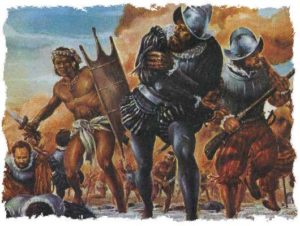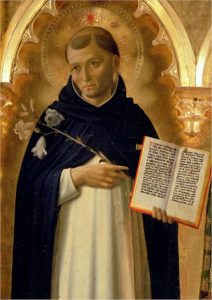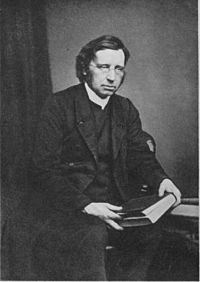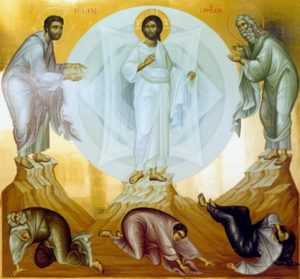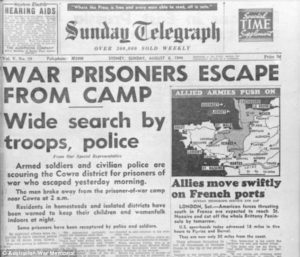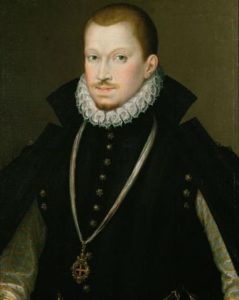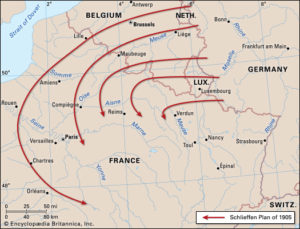
1647
Death of a Witch-Finder
The hunt for witches was seldom much of a concern in England, unlike Scotland or parts of Germany where a craze for persecuting those who had made a pact with the devil often broke out in the 16th and 17th centuries. The exception to this rule was the reign of terror provoked by self-styled “Witch-Finder General” Matthew Hopkins and his companion John Stearne.
In 1642 a civil war erupted in England between the supporters of King Charles I and those backing the claims of Parliament. The chaos produced by this conflict allowed all sorts of strange behaviours to bubble to the surface: people preached the approach of the End of Time; men proclaimed themselves the Messiah; some claimed that to sin grossly was a sign of divine election; and, is as usual in times of crisis, vegetarianism and unbridled sex were proclaimed to be virtues. In areas of Parliamentarian control, where strict Calvinist preachers held sway, the detection of witches became a preoccupation. Interestingly, witches were sought out not for any maleficium or harm they had done, but for having entered into a compact with the Evil One.
Enter Hopkins, a young ne’er-do-well and the older Stearnes, a land-owner, who claimed to have devised ways of detecting witchery and who went from town to town offering their services — for a fee — to root out these evil women. Their efforts secured the arrest and trial of hundreds of alleged witches. The accused were subject to the “swimming test” in which they were bound to a chair and thrown into the water — if they floated they were guilty. They might be “pricked” for the devil’s mark — a sport of insensitive skin where their animal familiars or “imps” (see illustration above) suckled. Sleep-deprivation and other torture, illegal in England, were said to be used to force confessions. Estimates vary, but at least 300 women were hanged as a result of the 15-month campaign by Hopkins and Stearne — 60% of all witch executions in English history.
The witch hunt was opposed by a number of ministers and politicians who doubted their techniques and who suspected their motives. By 1647 the two decided it was prudent to retire from the game. Hopkins died of tuberculosis on this date in 1647 but Stearne lived to write A Confirmation and Discovery of Witchcraft. Though end of the Civil War saw a drastic decline in witch prosecutions, the work of Hopkins and Stearne seems to have influenced the Puritan colonies in New England where tragic outbreaks, such as in Salem Massachusetts, continued.

